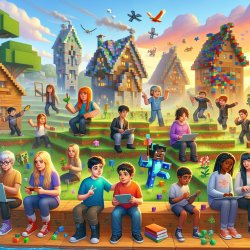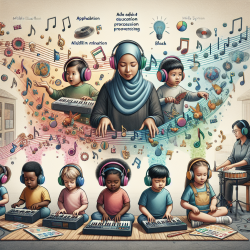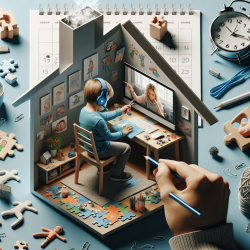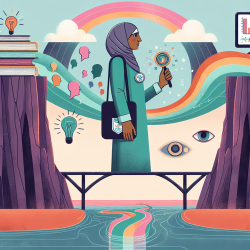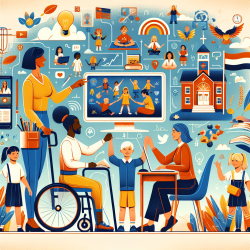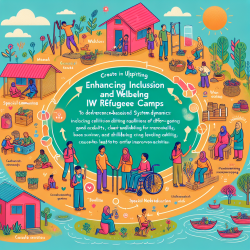Introduction
The use of digital games as therapeutic tools has gained traction, particularly for supporting neurodivergent youth. The research article "Therapeutically Applied Minecraft Groups with Neurodivergent Youth" outlines how Minecraft, a popular digital game, can be used to enhance social engagement, confidence, and competence among neurodivergent youth, such as those with autism or ADHD. This blog will explore the findings of the research and provide insights on how practitioners can implement these strategies to improve their therapeutic practices.
Understanding the Therapeutic Application of Minecraft
Minecraft is a sandbox-style game that allows players to build and explore virtual worlds. Its popularity among youth makes it an ideal platform for therapeutic interventions. The game provides a flexible environment that supports various modes of interaction, such as chat and avatar movement, which can be particularly beneficial for neurodivergent individuals who may struggle with traditional social interactions.
Therapeutically applied Minecraft groups create opportunities for building authentic relationships and social confidence in a low-stakes environment. The group format allows for real-world social practice, while the game environment motivates interaction and provides multiple modes for communication.
Methods for Implementation
The research outlines practical considerations for implementing therapeutically applied Minecraft groups. Key elements include:
- Creating support groups with structured check-in and check-out processes.
- Designing in-game activities tailored to the needs of the participants.
- Utilizing different Minecraft servers and modes to support various therapeutic goals.
Facilitators should have experience with the needs of neurodivergent youth and be skilled in managing group-based interventions. Training in managing a Minecraft server is also beneficial.
Use Cases and Outcomes
The article provides use cases illustrating the effectiveness of therapeutically applied Minecraft. For instance, the "habitat" activity allowed participants to engage in parallel play, gradually increasing communication and collaboration. Another example involved using a pre-made school model to help participants process emotions related to school anxiety.
These activities highlight the potential of Minecraft to support social growth by providing a safe space for practice and interaction, leveraging the game's popularity and flexibility.
Challenges and Recommendations
Implementing Minecraft as a therapeutic tool comes with challenges, including technical issues, participant expectations, and maintaining privacy. Facilitators must be prepared to navigate these challenges to ensure a safe and effective therapeutic environment.
The research calls for further studies to explore the potential risks and benefits of such interventions. A mixed-methods approach, incorporating both qualitative and quantitative data, is recommended to gain a comprehensive understanding of the impact on neurodivergent youth.
Conclusion
Therapeutically applied Minecraft offers a promising approach to supporting the social development of neurodivergent youth. By leveraging a popular digital game, practitioners can create engaging, low-stakes environments that encourage social interaction and skill-building. While more research is needed, the current findings suggest that Minecraft can be an effective tool for enhancing social skills in a therapeutic context.
To read the original research paper, please follow this link: Therapeutically applied Minecraft groups with neurodivergent youth.
